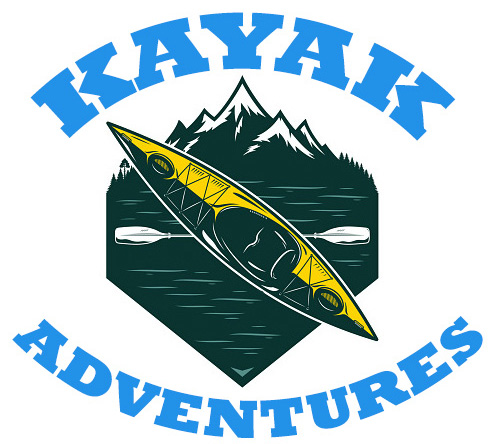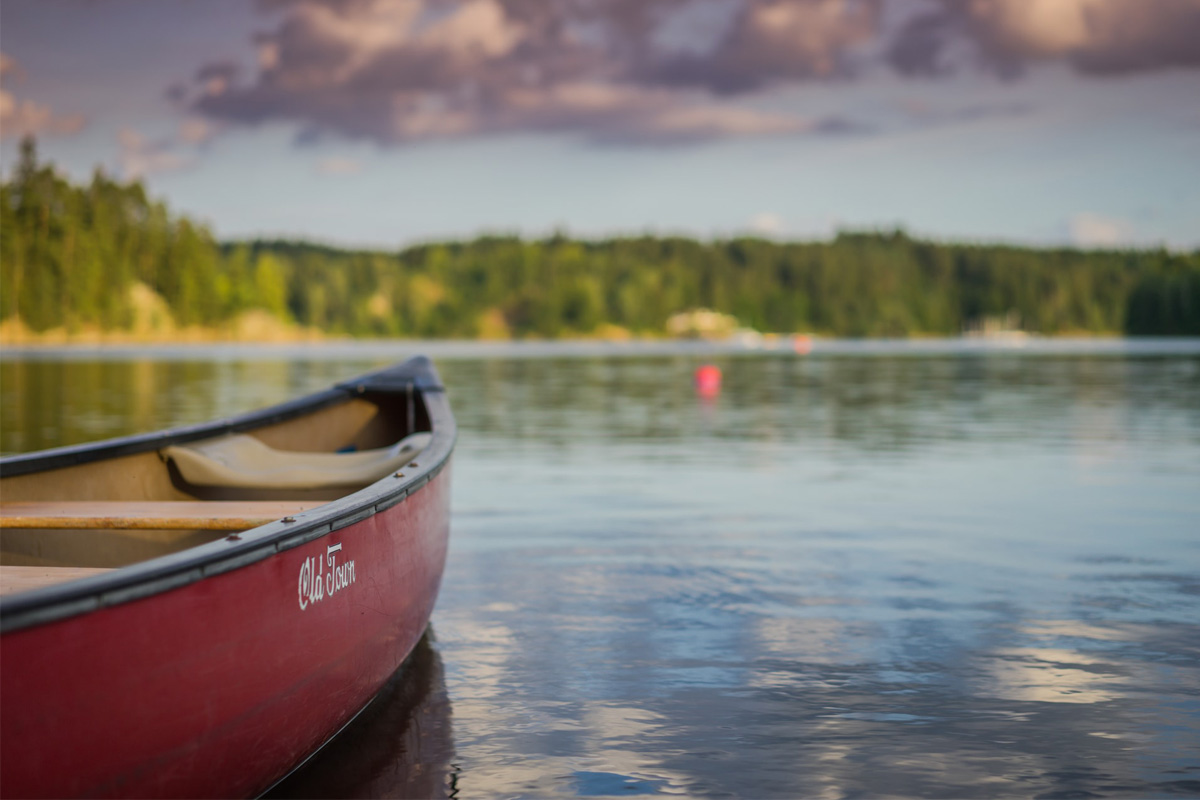Contents
Which Canoe Is Right for You? An In-Depth Look at the Different Types of Canoes
If you’re looking for a way to explore different waterways and enjoy the great outdoors, canoeing may be the perfect option for you! There are many different types of canoes available on the market, so it can be tough to decide which one is right for you. In this article, we will take an in-depth look at the different types of canoes and what each has to offer. We’ll also discuss the advantages and disadvantages of each type so that you can make an informed decision about which canoe is best for your needs.
What is a canoe?
A canoe is a narrow, lightweight boat that is pointed at both ends and propelled with a paddle. Canoes are typically open on top, although there are some decked models available. They are designed to seat one or two people and can be paddled solo or tandem.
Canoes are different from kayaks in a few key ways. First, they are wider and more stable than kayaks. This makes them ideal for beginners or those who want a relaxed experience on the water. They are also better for carrying gear since they have more space inside of them. Canoes are typically slower than kayaks, but they can hold more weight overall.
Types of Canoes
There are many different types of canoes available on the market today. Some common types include:
- recreational canoes
- touring canoes
- whitewater canoes
- racing canoes
Let’s take a closer look at each of these different types of canoes so that you can decide which one is right for you.
Recreational Canoes
Recreational canoes are the most popular type on the market today. They are designed for casual use and are perfect for beginners or those who want a relaxed experience on the water. Recreational canoes are stable and easy to handle. They also have a large weight capacity, so they can accommodate two people and gear. Some recreational canoes even have features like fishing rod holders and storage compartments.
If you’re looking for a canoe to take on calm lakes and slow-moving rivers, a recreational canoe is a perfect choice for you.
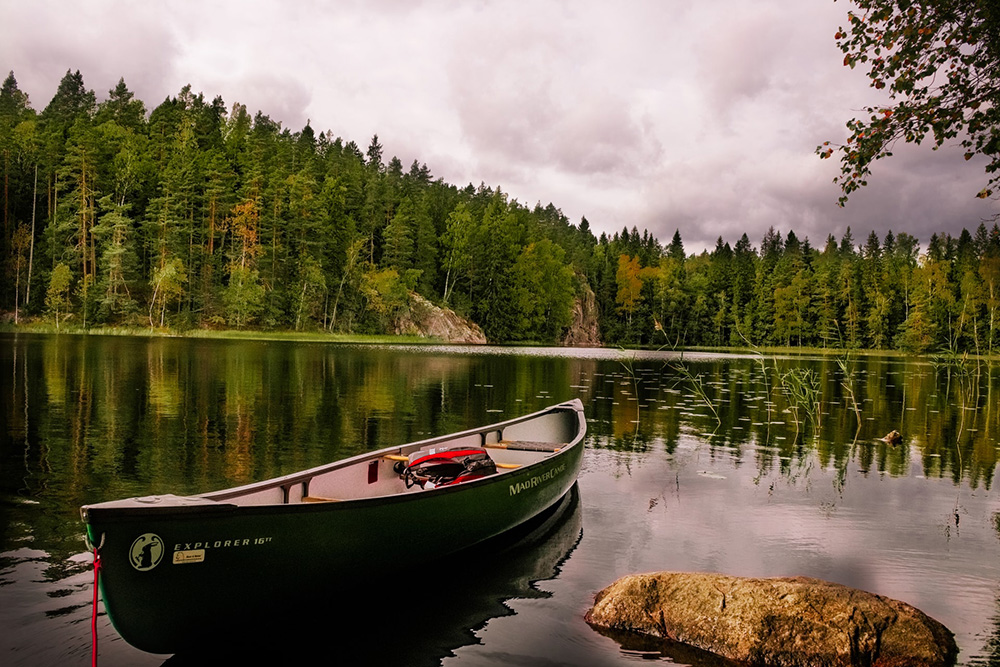
Advantages:
- Stable and easy to handle
- Large weight capacity
- Can accommodate two people and gear
- Some models have features like fishing rod holders and storage compartments
Disadvantages:
- Not as fast or maneuverable as other types of canoes
Not as fast or maneuverable as other types of canoes
Touring canoes are designed for speed and efficiency. They are narrower than recreational canoes and have sharper bows that cut through the water more easily. Touring canoes are also lighter weight, which makes them easier to paddle for long periods of time. If you’re looking to cover a lot of ground on your canoe trip, a touring canoe is a great option.
Advantages:
- Narrower than recreational canoes
- Sharp bows that cut through the water more easily
- Lighter weight
- Easier to paddle for long periods of time
Disadvantages:
- Not as stable or comfortable as recreational canoes
- May not have as much storage space for gear
Whitewater canoes
There are a variety of different types of whitewater canoes available on the market, each designed for specific types of paddling. For instance, playboats are designed for performing tricks and surfing waves, while river-running canoes are meant for more efficient travel downriver. Freestyle canoes are a hybrid of the two, offering a balance between maneuverability and speed.
If you’re just getting started in whitewater canoeing, a river-running canoe is probably the best option. These canoes are relatively stable and easy to paddle, making them ideal for beginners. Once you’ve gained some experience, you can start experimenting with other types of canoes to find the one that best suits your paddling style.
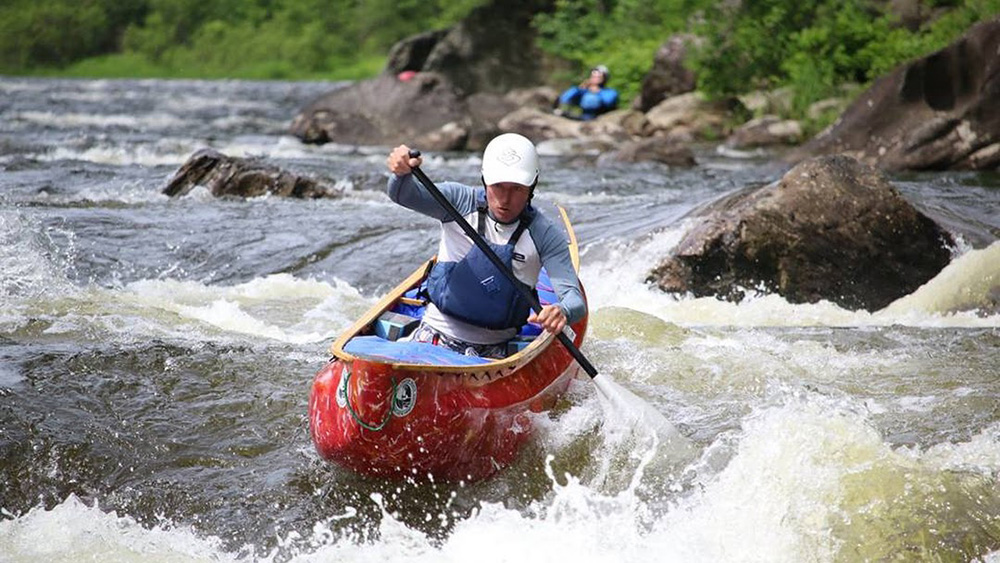
Advantages:
- River-running canoes are relatively stable and easy to paddle, making them ideal for beginners.
- Freestyle canoes offer a balance between maneuverability and speed.
Disadvantages:
- Playboats may be too unstable for beginners.
- Canoes designed for speed may sacrifice maneuverability.
Racing canoes
Racing canoes are a great way to get out on the water and have some fun. Canoe racing is a popular sport in many parts of the world, and it can be a great way to stay fit and active. There are many different types of canoe racing, from sprint racing to long-distance races.
Canoe racing is a great workout because it uses both your upper and lower body muscles. It’s also a great way to build endurance and cardiovascular fitness. If you’re looking for a challenging workout, canoe racing may be right for you.
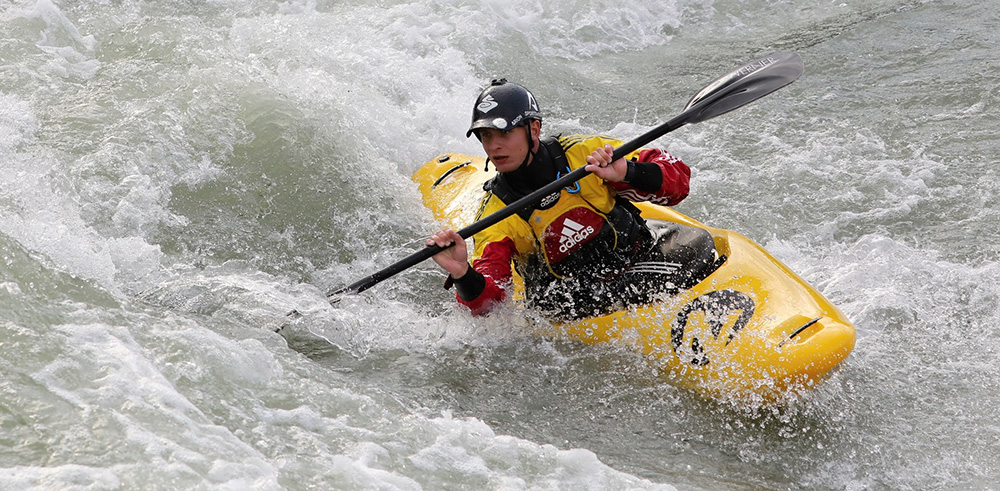
Advantages:
- You can travel at high speeds
- They are very maneuverable
- You can paddle for long periods of time without getting tired
Disadvantages:
- They are expensive to buy
- They require a lot of maintenance
- You need to be very fit to race them effectively
Canoe Styles
There are two main styles of canoeing: open-deck and closed-deck. Open-deck canoes have an open area in the center of the canoe, while closed-deck canoes have a solid deck that covers the entire vessel. Each style has its own advantages and disadvantages.
Open-deck canoes are more stable than closed-deck canoes because they have a lower center of gravity. They’re also easier to get in and out of, making them a good choice for beginners. Closed-deck canoes are faster and more efficient because they’re less likely to catch wind resistance. They’re also better for carrying gear because there’s less chance of it falling out.
Advantages:
- Open-deck canoes have a lower center of gravity.
- Closed-deck canoes are faster and more efficient because they’re less likely to catch wind resistance.
Disadvantages:
- Open-deck canoes are more likely to tip over.
- Closed-deck canoes may be difficult to get in and out of.
One-Person Canoe
A single canoe is a type of canoe that is designed to be paddled by a single person. It is usually lighter and narrower than a tandem canoe, making it easier to maneuver and transport. Single canoes are also often cheaper than tandem canoes, making them a good option for budget-minded paddlers.
There are several things to consider when choosing a single canoe, including length, width, weight capacity, and transportation options. The best way to decide which canoe is right for you is to try out different models and find the one that feels the most comfortable and stable.
Here are some important things to keep in mind when shopping for a single canoe:
-
Length: Canoes range in length from 12 feet to 16 feet. Shorter canoes are easier to maneuver and transport, but they may not provide as much storage space or tracking ability in windy conditions. Longer canoes are faster and track better in the water, but they can be more difficult to control and transport.
-
Width: Canoes range in width from 30 inches to 36 inches. Wider canoes are more stable in the water, but they may be more difficult to paddle and transport. Narrower canoes are easier to paddle and transport, but they may not be as stable in the water.
-
Weight capacity: Canoes have a weight capacity that ranges from 400 pounds to 700 pounds. Heavier paddlers will need a canoe with a higher weight capacity, while lighter paddlers can get by with a lower-capacity canoe.
-
Transportation options: Canoes can be transported on top of a car or in the back of a truck. Some canoes come with special racks that make transportation easier. Choose a transportation option that will work best for your vehicle and lifestyle.
Two-Person Canoes
Two-person canoes are a great way to head outdoors with a friend or loved one. They are stable and easy to handle, making them ideal for beginners or those who want a relaxing day on the water. They are also versatile enough to take part in any adventure, whether exploring a calm lake or rafting down a rushing river.
When choosing a two-person canoe, it’s important to consider the type of water you’ll be sailing in as well as your personal preferences. For example, some canoes are designed specifically for whitewater rafting, while others are better suited to floating on flat water. And, of course, you have to make sure the canoe is comfortable for both you and your paddling partner.
Two-person canoes are usually 16 to 17 feet long and are steered by two people with single-bladed paddles. The canoe is steered by the person in the stern (back) of the canoe, while the person in the bow (front) paddles for strength. Canoes are stable and easy to maneuver, making them a popular choice for recreation and transportation.
Three-Person Canoes
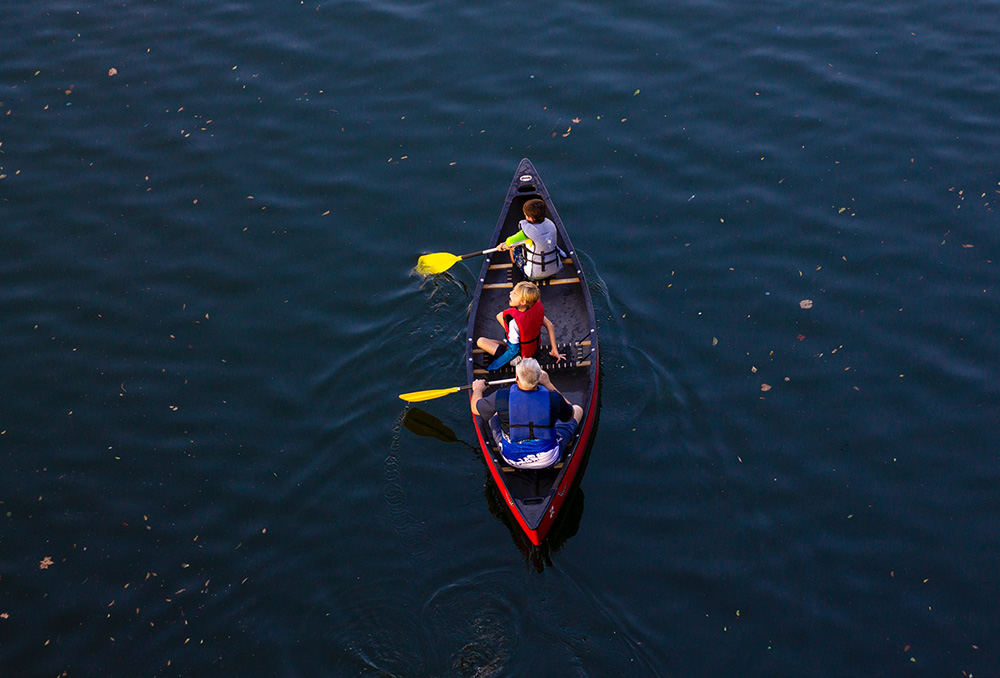
Three-person canoes are ideal for families or groups of friends who want to spend time paddling together. They have enough room for everyone to enjoy the ride, and they’re stable enough to handle choppy water.
You can use a three-person canoe for paddling alone. If one person sits in the middle of a three-person canoe, the rest of the boat can serve as storage for extra cargo. This is a great option for long trips.
You can also use three-person canoes for two people, with room in the middle for cargo or you can just stretch out your legs.
Four-Person Canoes
If you’re looking for a fun and challenging way to explore the great outdoors with your friends or family, consider renting a four-person canoe! Canoeing is a great way to get some exercise while enjoying the scenery, and it’s also a lot of fun.
Four-person canoes are stable and easy to paddle, making them perfect for beginners. They’re also great for families with small children, as everyone can be safely seated inside the canoe.
One person drives the canoe from the front and one from the back. Two people are in the middle, so the paddlers have to exert more effort to move the canoe out of the way.
A four-person canoe is also naturally more stretched, so the size of the canoe must be considered when in the water. Also, such canoes can be too expensive.
Folding Canoes
Folding canoes are a great option for those who want to enjoy the convenience of a canoe without having to worry about storing or transporting it. There is a variety of folding canoes on the market, so you’re sure to find one that fits your needs.
One of the great things about canoes is that they can be easily transported and stored. When you’re not using your canoe, you can simply fold it up and put it away until you’re ready to hit the water again.
Inflatable Canoes
Inflatable canoes offer a great way to explore rivers and lakes and provide a unique camping experience. They are also very versatile, as they can be used for fishing, hunting, or just touring the countryside.

There are many different types of inflatable canoes available on the market, so it is important to know what you need before making a purchase. Here are some things to consider:
- Capacity: How many people will you be carrying in your canoe? Inflatable canoes come in single and tandem (two-person) models.
- Dimensions: Inflatable canoes vary in length from 9 feet (2.7 meters) to 14 feet (4.3 meters). The width also varies, from 30 inches (76 centimeters) to 42 inches (107 centimeters).
- Weight: Inflatable canoes ranges in weight from 30 pounds (14 kilograms) to 80 pounds (36 kilograms). The weight will affect how easy the canoe is to carry and handle.
- Material: Most inflatable canoes are made of PVC or polyester. Some models are also made of Kevlar, which is a stronger, but more expensive, material.
- Floor: Inflatable canoes have either a solid floor or an inflatable floor. A solid floor provides more rigidity and support but is heavier. An inflatable floor is lighter and easier to store, but may not be as comfortable.
Conclusion
When choosing a canoe, it is important to consider your needs and the type of water you’ll be paddling in. There are many different types of canoes available on the market, so you’re sure to find one that’s perfect for you.
Happy paddling!
